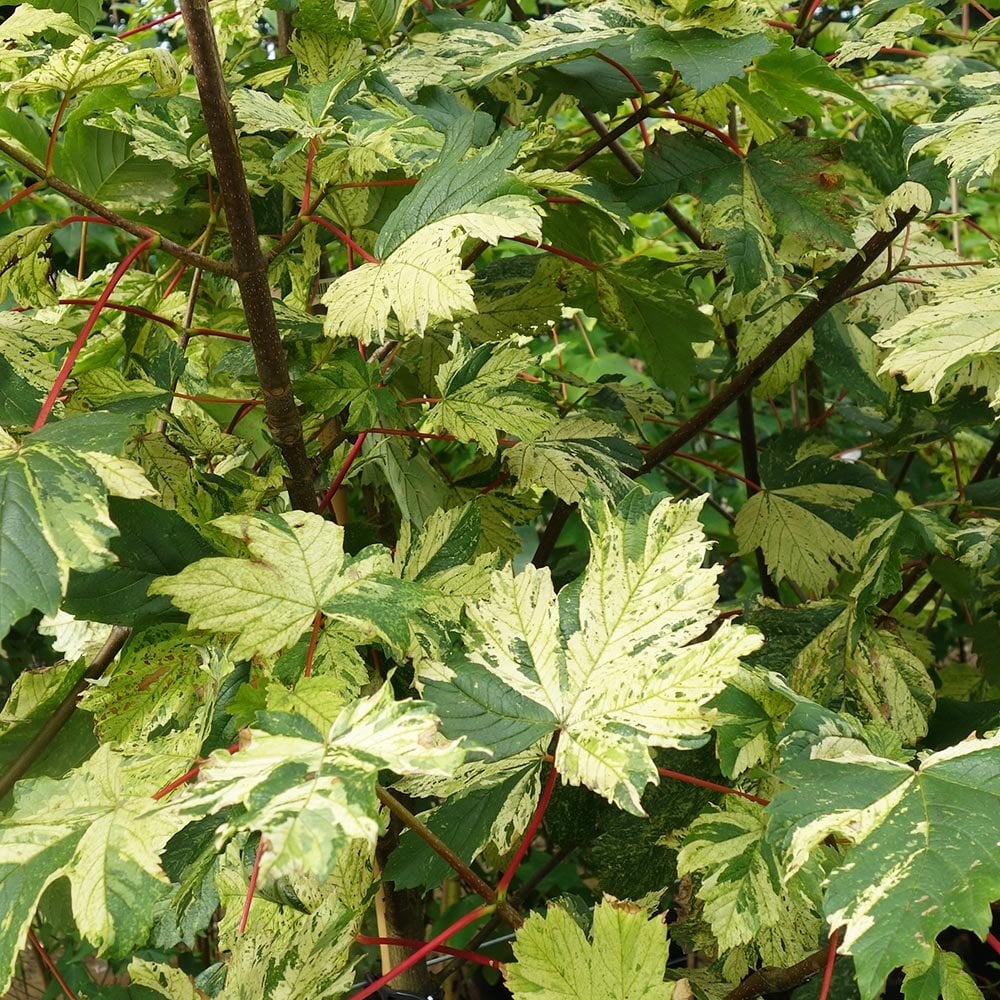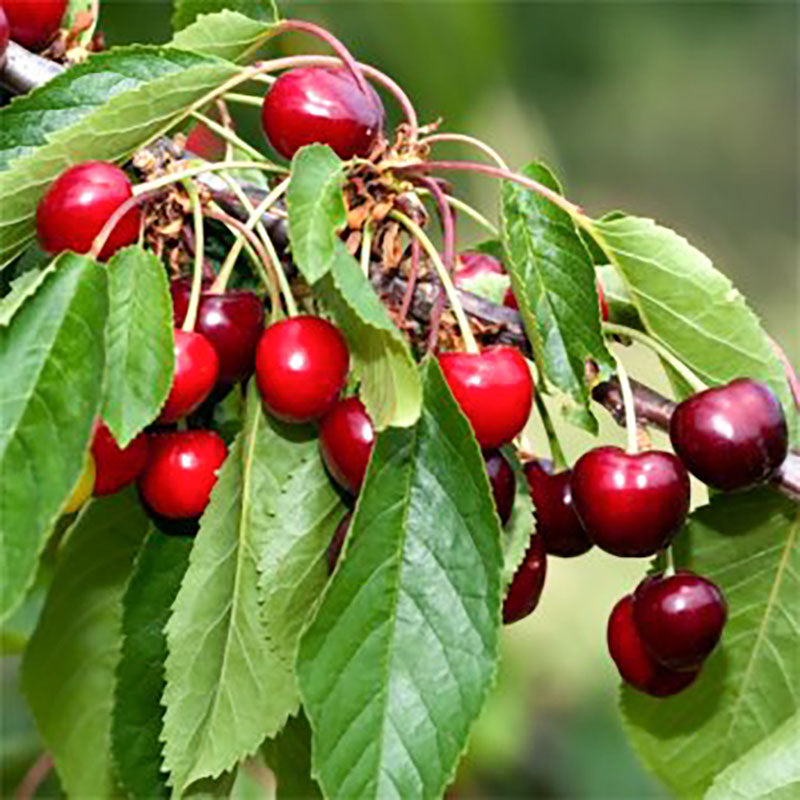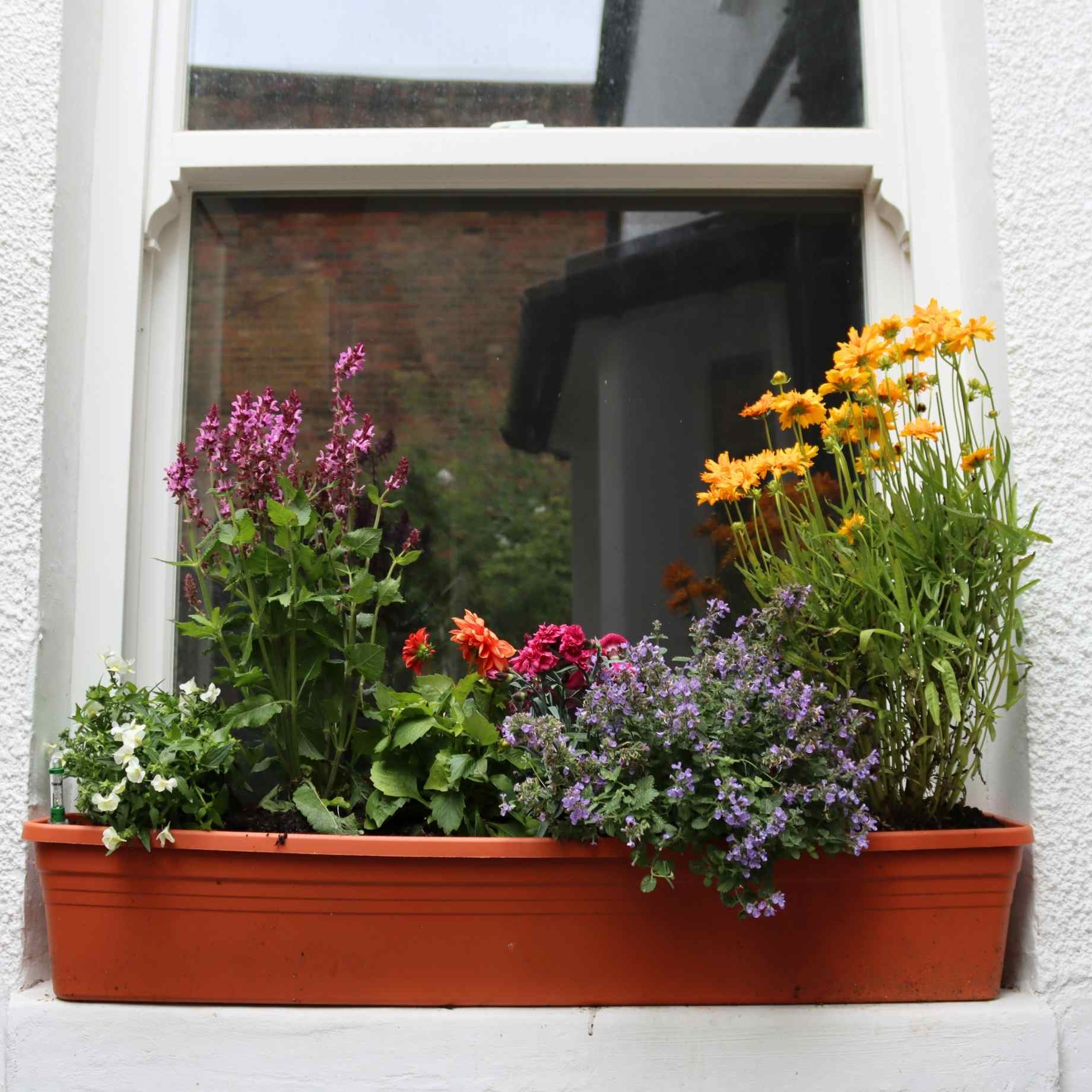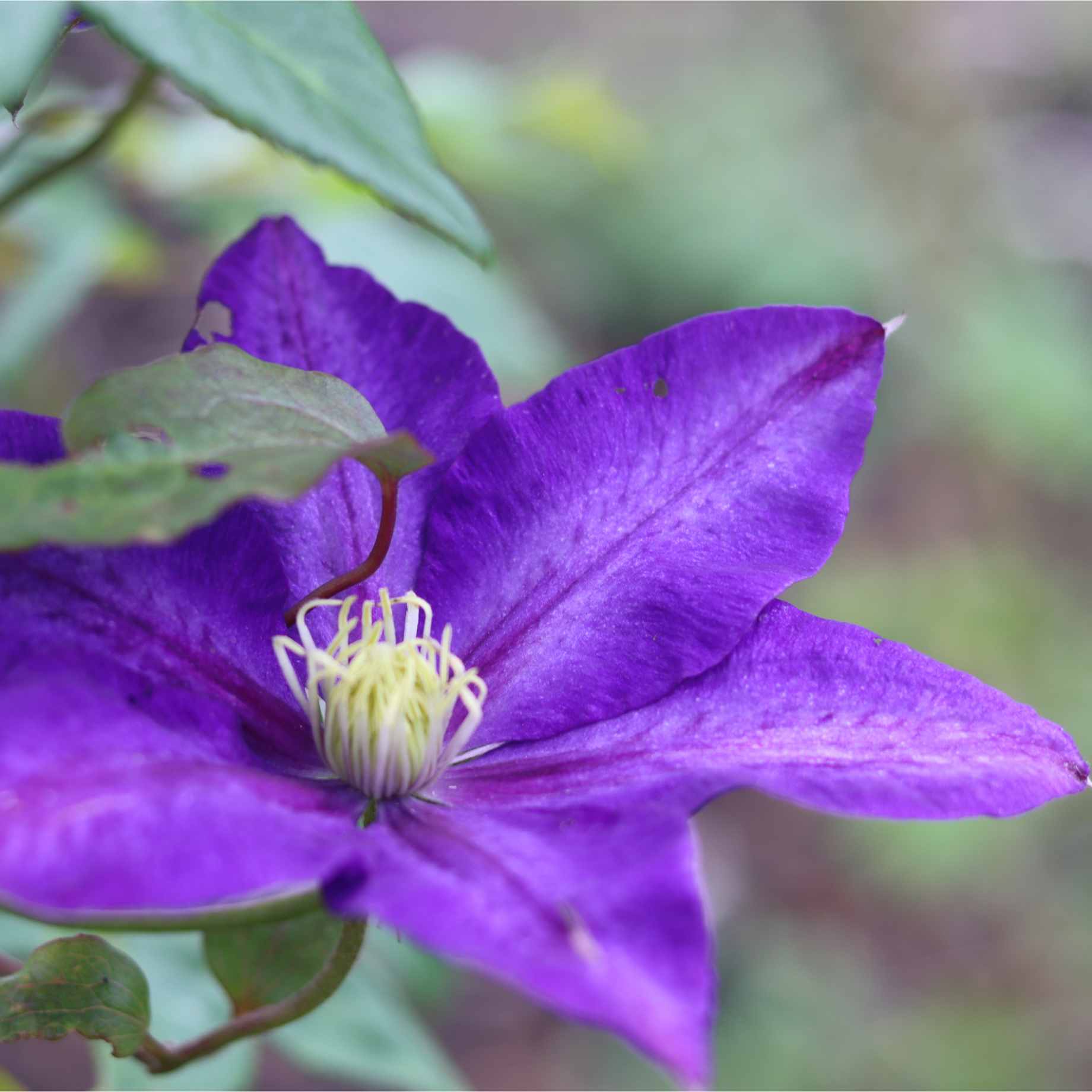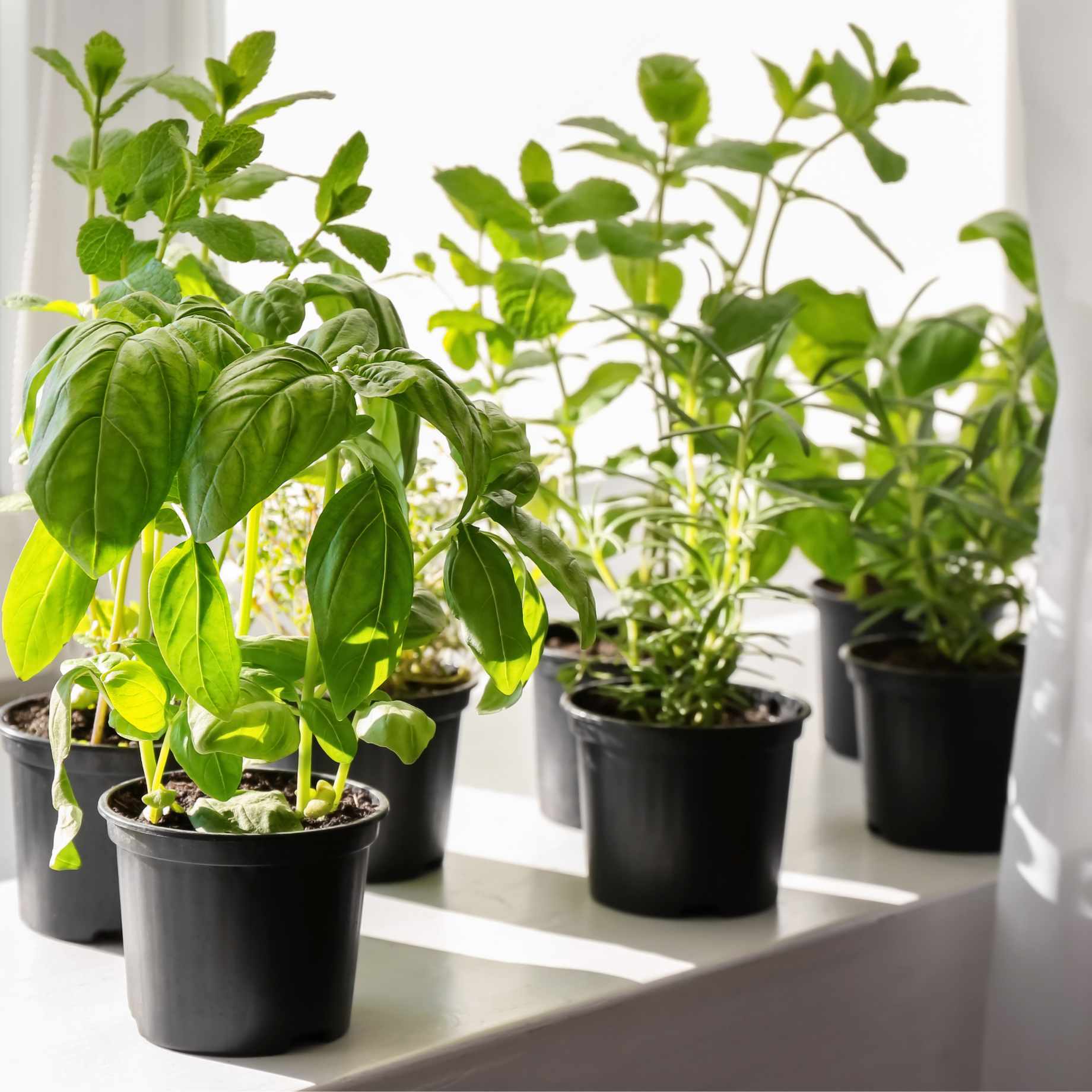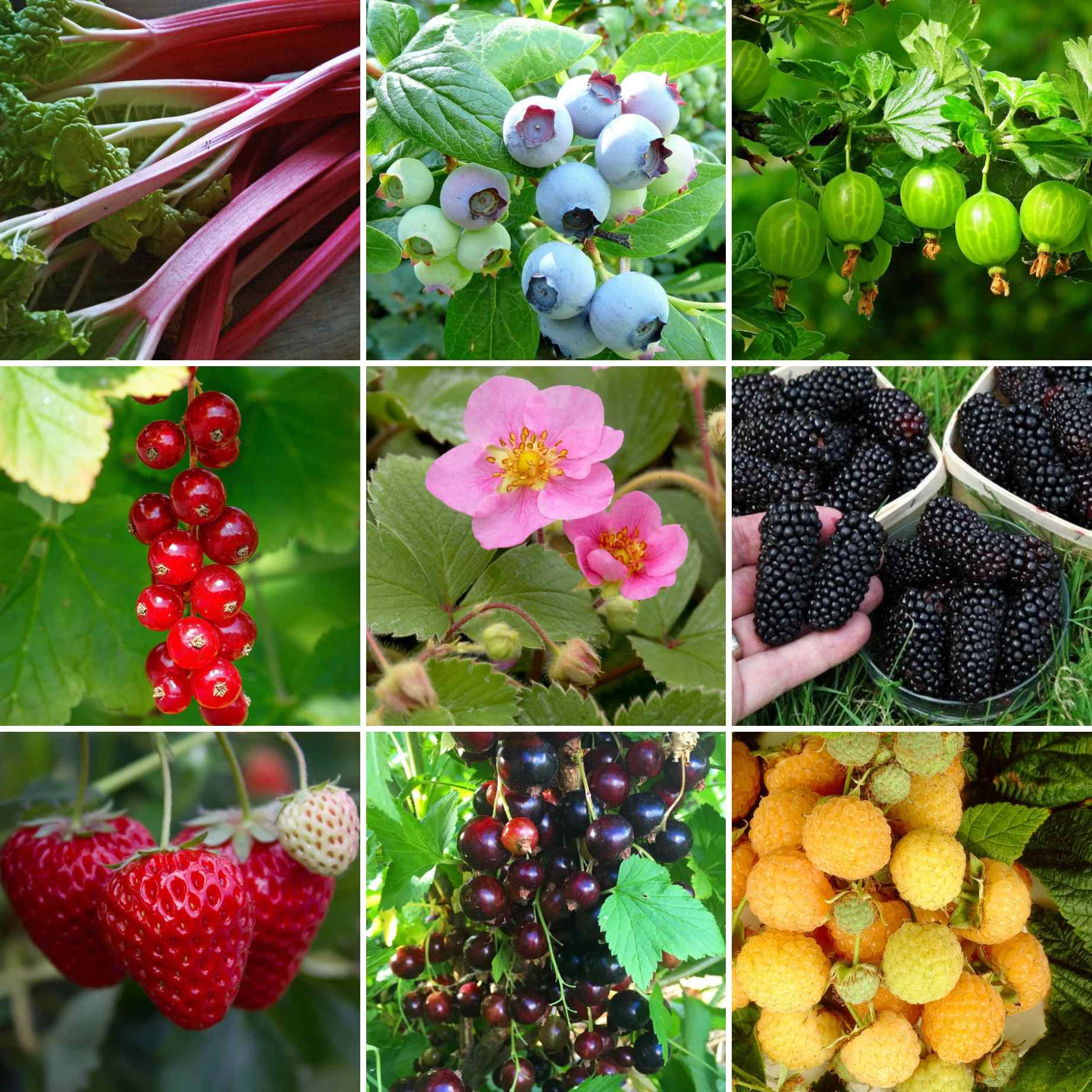Key features
AwardsRHS Award of Garden Merit
Final sizePixy (dwarf) 3m, St Julien A (semi vigorous) 4-5m in 10 years
FruitEating
Pollination groupSelf fertile, group B
Cropping periodEarly season (Early September)
PositionFull sun in a sheltered site
Description
Cambridge Gage trees reliably produce heavy crops of green gages with a similar flavour to that of ‘Old Greengage’. The yellowish green flesh is juicy and full of flavour. The gages are produced in early September and the tree is self fertile, so doesn’t require a pollination partner. Suits a sunny, sheltered position.
Cambridge Gage is a fantastic choice when the traditional green gage flavour is desired. Prunus domestica ‘Cambridge Gage’ originates from Cambridgeshire and holds the RHS AGM status.
Planting Steps
1Preparation
- Pot-grown plants can be planted at any time of year, whereas bare roots need to be planted between November and March.
- Clear weeds and grass within a metre of the planting hole.
- Dig a hole as deep as the root mass and twice as wide.
- To help your plant establish more effectively, sprinkle Rootgrow in the hole.
2Planting
- Gently loosen the roots and place into the planting hole.
- Ensure the top of the plant’s compost is flush with the level of the surrounding soil and the graft union or collar of the tree is above ground level.
- Mix 50% of the original soil with 50% compost.
- Fill in the hole, firming the soil gently.
3Last Steps
- Water generously around the base of the plant.
- If you are planting either a single stem tree or mature standard tree, we recommend adding a staking kit and rabbit guard.
Aftercare Advice
Plum, gage and damson trees require a good watering regime for a couple of years whilst they establish. Water well and regularly through spring and summer, increasing in hot or dry weather. If planting in autumn, you may only need to water a little. It is advisable to keep the area free of competing weeds and grass during this period.
Prune plum trees for the first few years after planting to ensure a healthy, balanced shape with one central leader and several strong side shoots. Straight after planting, remove the lowest laterals and prune the rest back to about 10-15cm in length. Carry out this type of formative pruning in early spring.
In the following years, remove any shoots growing out of the trunk to maintain a clear stem. Also remove any crossing, diseased or damaged branches. If your tree is looking overcrowded, remove some of the larger branches to open up the canopy. Carry out this type of pruning in spring or mid-summer.
For more detailed advice and video guides, please visit our Help & Advice section.


